Butterflies Magnolia
Magnolia ‘Butterflies’
Other Names: Butterflies Tulip Tree, Yellow Tulip Tree, Yellow Magnolia
Plant Details
USDA Plant Hardiness Zones: 5a-9b Find Your Zone
Plant Type: Flowering Deciduous Tree
Height at Maturity: 20-25′
Width at Maturity: 15-20′
Spacing: 30’+ for space between trees
Growth Habit / Form: Upright, Pyramid
Flower Color: Creamy Yellow
Flower Size: Large, 6-8″ across
Flower Size: Large, 6-8″ across
Flowering Period: Spring, before new leaves emerge
Flower Type: Single, tulip-shape
Fragrant Flowers: Yes, lemony
Foliage Color: Dark Green
Fragrant Foliage: –
Sun Needs: Full Sun or Mostly Sun, Morning Sun with Dappled or Afternoon Shade, Morning Shade with Evening Sun
Water Needs: Average, Low when established
Soil Type: Clay (amend heavy clay to ensure good drainage), Loam, Sand, Silt
Soil Moisture / Drainage: Moist But Well Drained
Soil pH: 5.0 – 6.5 (Acid to Slightly Acid)
Maintenance / Care: Low
Attracts: Beneficial Pollinators, Visual Attention
Resistances: Deer – more info, Disease, Drought (when established), Insect
Description
A magnificent spring flowering tree with a flower show that will always have you looking forward to spring, ‘Yellow Lantern’ is a hybrid tulip Magnolia resulting from a cross between Magnolia acuminate subcordata and Magnolia soulangiana ‘Alexandrina’ that starts producing flowers at a very young age. It is adored for its profusion of large (6-8″ across), tulip-shaped, creamy-yellow, tulip-like flowers with a wonderful lemony fragrance. The flowers appear at every stem-tip of the tree and last longer than other similar magnolias. Light green leaves follow the flowers, turning to dark green through the warm season and yellowish in fall. Yellow Lantern forms a single-trunk tree with a pyramidal canopy 20 to 25 feet tall and 15 to 20 feet wide when all grown up, making for a good fit in landscape borders or to frame corners in home foundation plantings.
Landscape & Garden Uses
Growing 20 to 25 feet tall and 15 to 20 feet wide at maturity, the Yellow Lantern Magnolia is ideal for use as a specimen or in groupings in sunny to partially shaded landscape borders or to frame a home or other building. Plant near decks, patios, porches, and other outdoor living spaces where the pretty flowers and lemony fragrance can be enjoyed up close. It can also be grown in large pots, planters, and containers of 18 inches or more in rim diameter but will eventually need to be transplanted to the landscape. It is a fine addition to yellow theme gardens, fragrance gardens, sensory gardens, and cottage gardens.
Growing Preferences
The Yellow Lantern Magnolia is easy to grow in moist, well-drained, acidic soil with average fertility and full sun to partial shade. It prefers full sun for best flowering, however will handle partial shade. In hot summer climates of the Deep South, some shade during the hottest mid-afternoon hours of summer will be appreciated. Avoid constantly soggy or wet soils. Applying soil sulfur and or chelated iron in alkaline soils increases acidity. Pruning is unnecessary; however, stray or damaged branches can be pruned immediately after flowering in spring. Feed after flowering in spring with a mild organic plant food or a well-balanced shrub and tree food containing iron or sulfur.
Helpful Articles
Click on the link below for helpful advice from our experts on how to plant, prune, feed and water Tulip Tree Magnolias.
How To Plant & Care For Tulip & Star Magnolias
Plant Long & Prosper!
Meet The Wilson Brothers & Staff
Questions? Contact Us
Be the first to review “Yellow Lantern Magnolia (Tulip Tree) – 5 Gallon Pot (5-6′)” Cancel reply
Related products
Sale!
Fast Growing Trees
Sale!
Sale!
Sale!
Sale!
Sale!
Sale!
Sale!

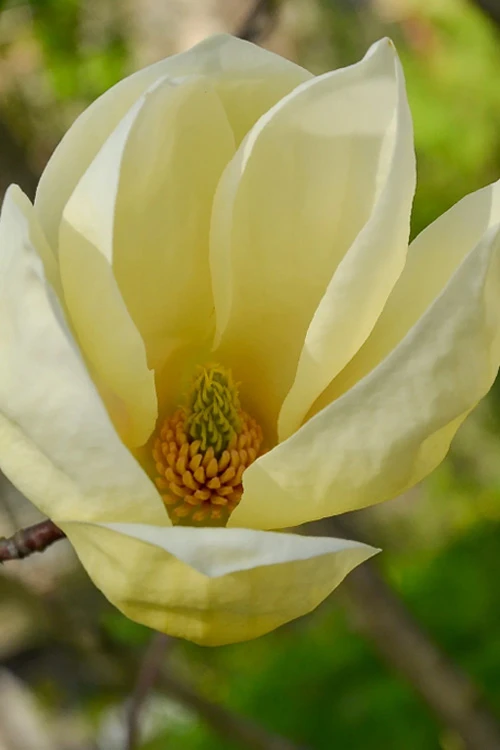
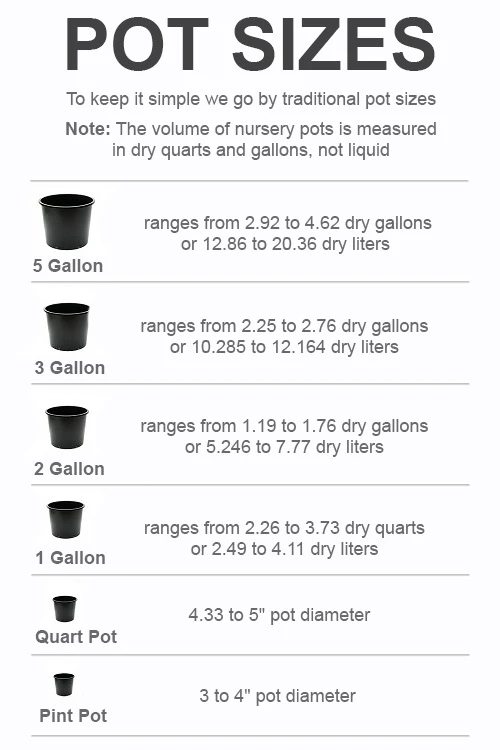


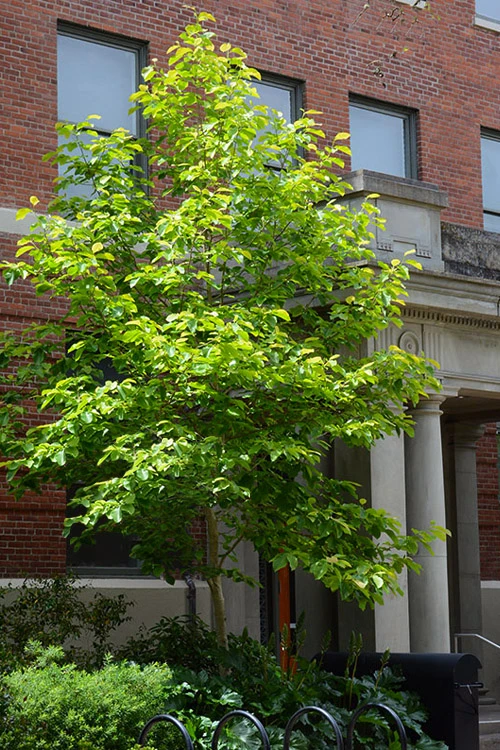
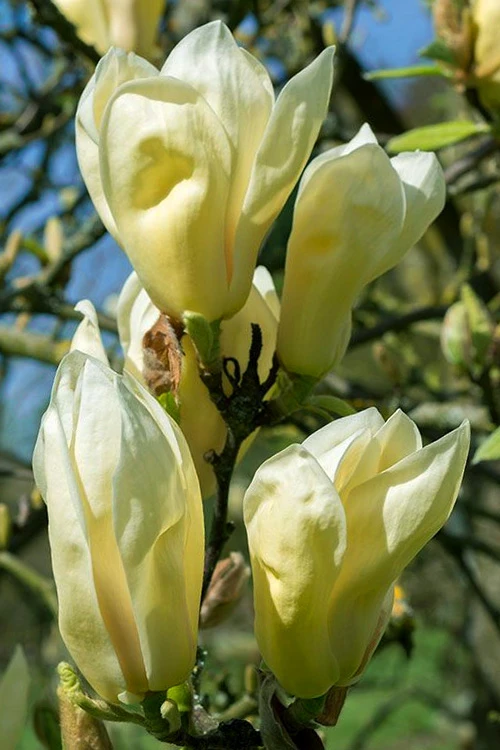
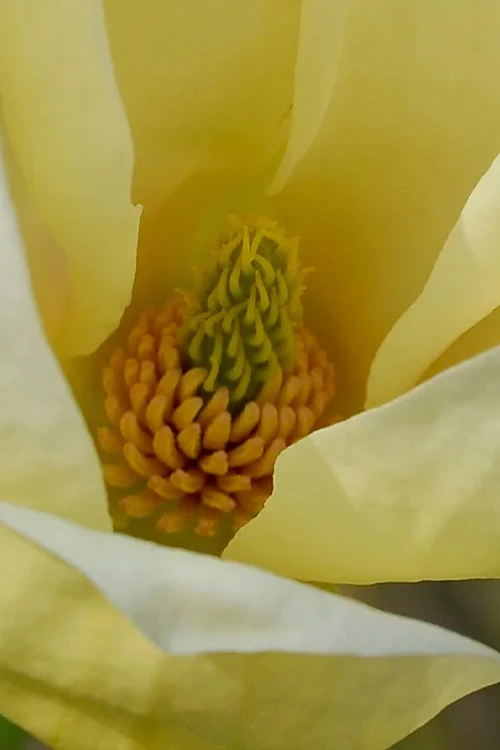
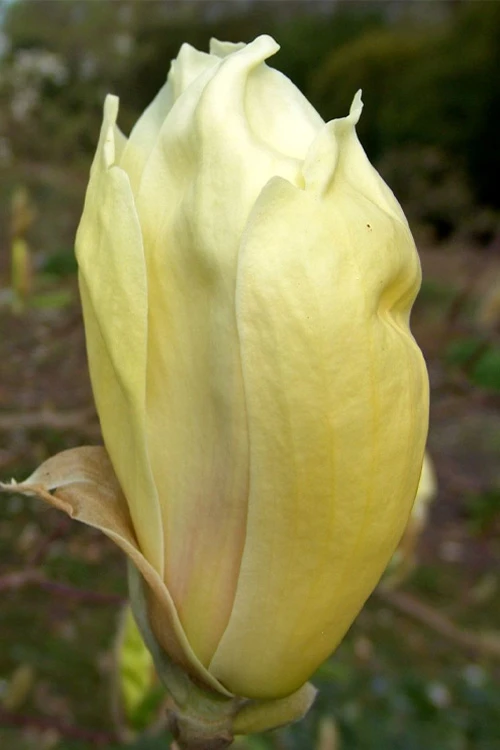


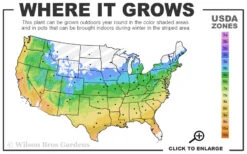
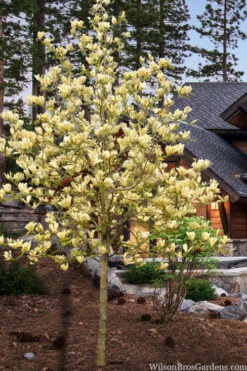
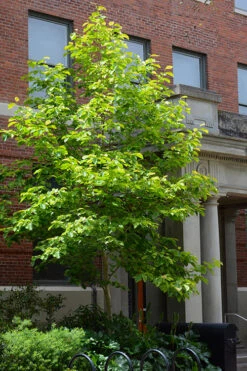


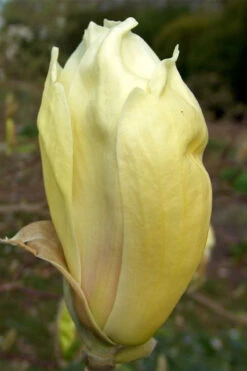

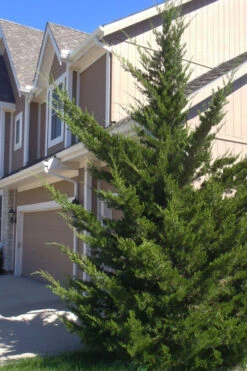
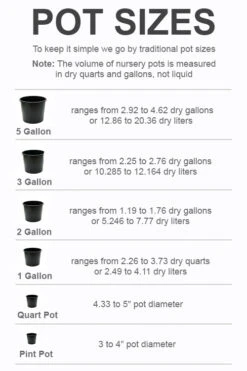
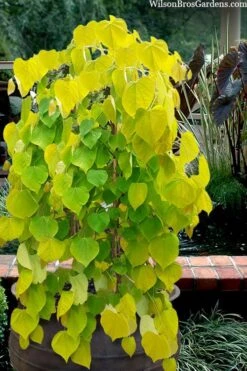
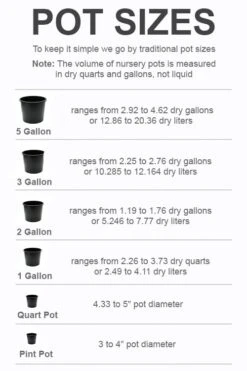
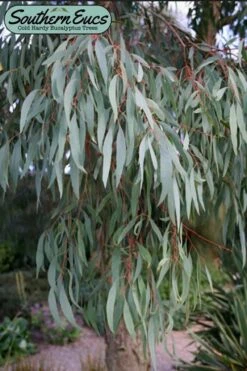
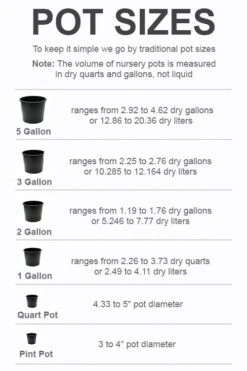
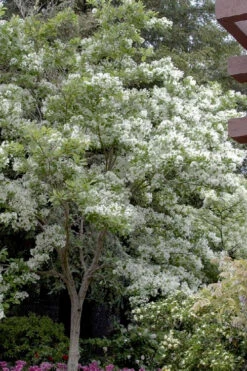
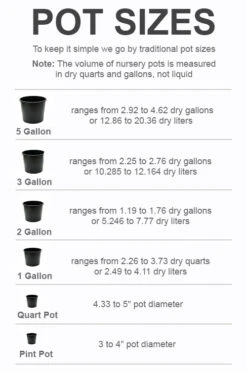
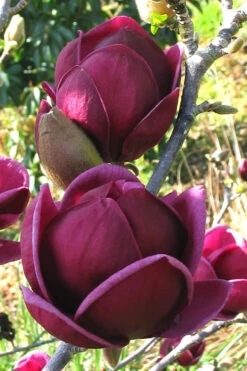

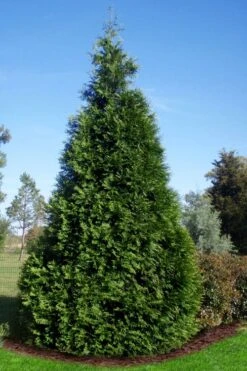
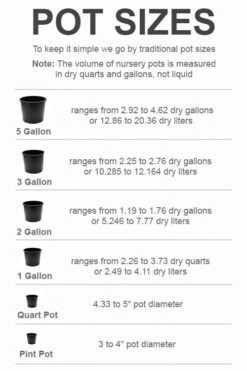
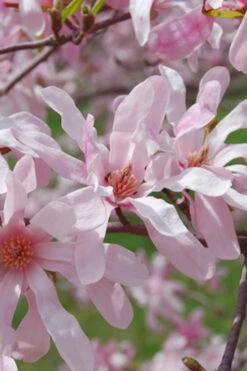



Reviews
There are no reviews yet.